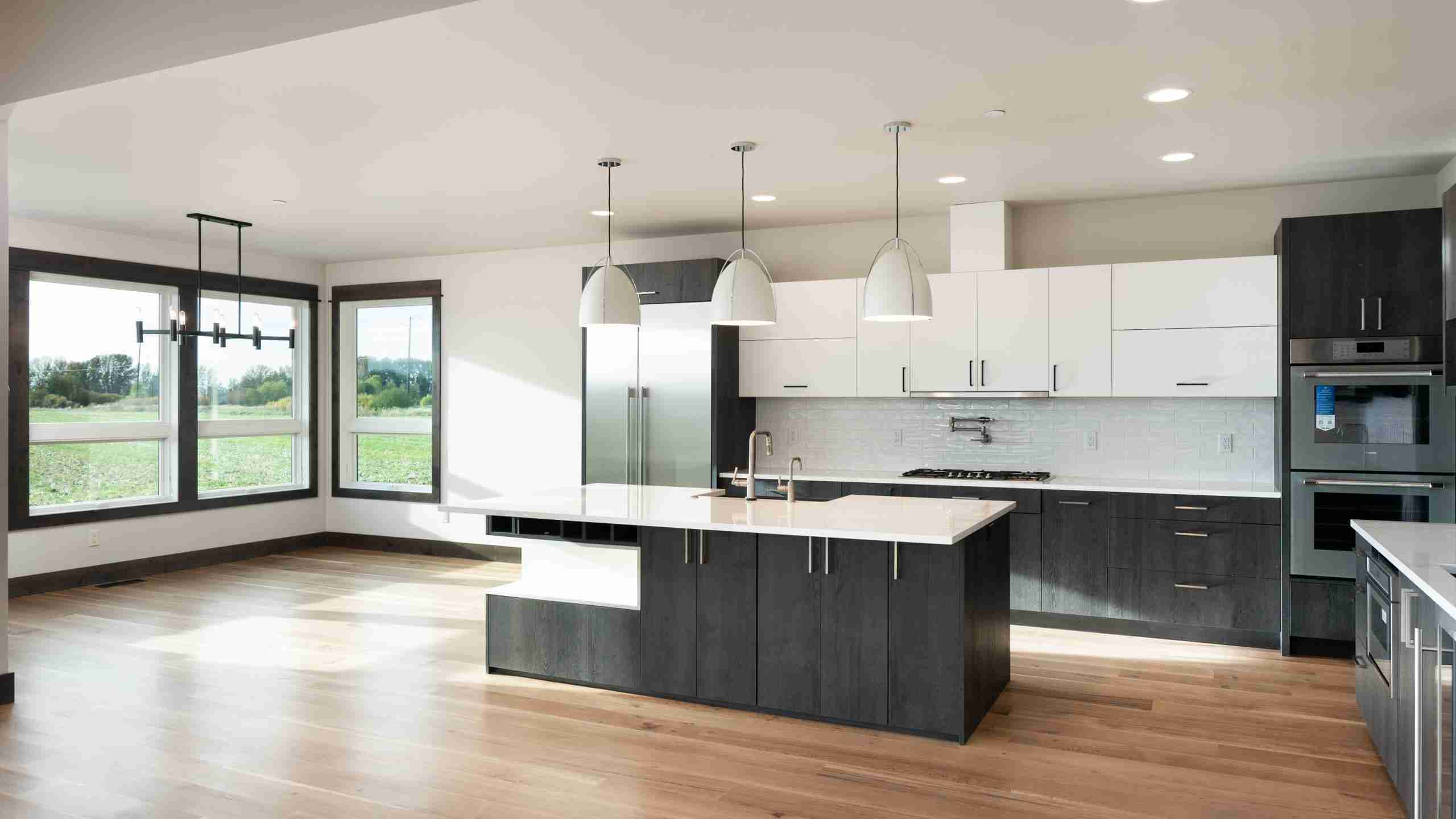A spec house, or speculative house, is a term that has gained traction in the realm of real estate, particularly among homebuyers and builders. It refers to a residential property built by a developer or contractor without a specific buyer in mind. These homes are constructed with the intent to sell them upon completion, thus embodying a fascinating blend of investment strategy and architectural creativity.
While the basic concept of a spec house is straightforward, a closer examination reveals a variety of nuanced factors that contribute to its allure and utility in the housing market. This exploration delves into the motivations behind the construction of spec houses, the advantages they offer, and the unique challenges they present.
One of the primary motivations for constructing a spec house lies in the dynamics of supply and demand. Builders often identify a burgeoning neighborhood or a locale experiencing economic uptick and proceed to construct homes that appeal to prospective buyers. The idea is to anticipate the desires and preferences of the average homebuyer, allowing builders to capitalize on trends in design, layout, and amenities. This speculative nature is akin to a calculated gamble, one where innovation meets market intelligence to produce a product that is both desirable and profitable.
Moreover, spec houses are generally designed with broad market appeal. To achieve this, builders often employ popular architectural styles and opt for materials that strike a balance between quality and affordability. From open floor plans that encourage fluid living to energy-efficient systems that promise sustainability, spec houses are meticulously crafted to meet contemporary buyers’ expectations. This focus on mass appeal is not merely superficial; it aligns with the builders’ ultimate goal: to sell the property quickly and at a profit.
The advantages of purchasing a spec house can be manifold. For many buyers, the allure of a newly constructed home is irresistible. Unlike resales that may require extensive renovations or updates, a spec house is often move-in ready. The newest materials and construction techniques provide not only aesthetic satisfaction but also the promise of longevity and reduced maintenance. This appeal to modern sensibilities is a driving force behind the popularity of spec houses.
Another appealing aspect of spec homes is the transparency in pricing. Since these homes are built for the market, pricing is often competitive and reflective of market trends rather than sentimental valuations from individual sellers. This clarity can be invaluable for first-time buyers or those unfamiliar with the complexities of real estate negotiations. Knowing what one is paying upfront can minimize the anxiety often associated with home buying.
Furthermore, spec homes can often be customized during the late stages of construction. Buyers may have the opportunity to select finishes, such as flooring, cabinetry, and paint colors, thus allowing for a degree of personalization without the arduous process typically involved in custom builds. This feature provides a unique juxtaposition: the immediacy of new construction blended with touches that transform the house into a home.
However, despite their many advantages, purchasing a spec house is not without challenges. One common observation is that while builders excel in constructing homes with broad appeal, this can sometimes lead to a lack of personality. Buyers searching for a home that encapsulates their individual style may feel stifled by the “cookie-cutter” designs prevalent in many spec houses. This uniformity can detract from a sense of uniqueness that many desire in their property.
Moreover, the speculative nature of these constructions introduces a risk factor. In fluctuating real estate markets, builders can face challenges that include oversupply and diminished buyer interest. If a spec house remains unsold for an extended period, the financial repercussions can be significant, impacting both builders and, indirectly, potential buyers. This economic vulnerability underlines a deeper fascination with the speculative housing market, as it reflects larger trends in consumer behavior and socio-economic conditions.
Another intricate aspect of spec houses is the relationship builders cultivate with their target demographic. Builders investing time and resources to understand the aspirations and requirements of homebuyers often find themselves at a strategic advantage. The ability to integrate local community features or amenities, such as proximity to parks, shopping centers, and schools, enhances a spec house’s attractiveness and sellability.
In conclusion, spec houses are a captivating confluence of real estate development and market strategy. They offer numerous advantages, from modern designs to transparency in pricing, while also posing challenges that warrant careful consideration. By grasping the intricacies involved with spec homes, potential buyers can navigate the landscape with more confidence and insight. This duality of risk and reward continues to draw interest in spec housing as a viable option in today’s ever-evolving real estate market. For many, the spec house transcends mere structural appeal, embodying the complexities of modern living intertwined with the thrill of investment in one’s future.
